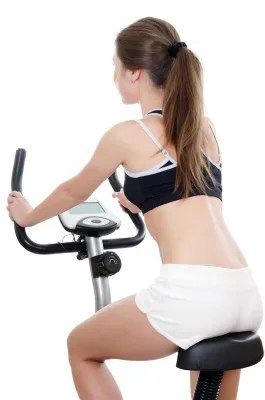During the winter months, it’s common for pregnant women and new mothers to have poor circulation, especially if standing or sitting all day with a new baby. Dr. Luis Navarro, founder and medical director of The Vein Treatment Center in Manhattan, provides tips, exercises, and dietary information to improve circulation and prevent varicose veins.
 How can pregnant women and new mothers minimize the risk of varicose veins during cold-weather months?
How can pregnant women and new mothers minimize the risk of varicose veins during cold-weather months?
Pregnancy and then being on your feet all day with your baby can contribute to painful varicose veins forming due to a lack of circulation in the legs. The cold weather causes even more circulation issues because when temperatures drop, the body reduces blood flow to the extremities as a way to keep the blood in the main arteries of the body. The circulatory system is composed of the heart and blood vessels, including arteries, veins, and capillaries. To keep your heart strong you have to keep your circulatory system healthy, which consists of arteries and veins. Poor circulation will make veins hurt, which can lead to venous disease.
Obesity can strain the circulatory system, so it’s important to get regular exercise, at least 30 minutes a day, three times a week. Any type of exercise that strengthens the “second heart”—the muscles of the calf and foot—like walking, running, swimming, and bicycling, is beneficial.
It’s also important to eat a high-fiber and low-salt diet and consider taking dietary supplements. Fiber is important because constipation puts pressure on the venous system and salt retains water. Vitamins C and E act as antioxidants, which are good for circulation. Flavonoids, butcher’s broom, and Horse Chestnut Seed Extract (HCE50) improve venous circulation and decrease symptoms of venous disease.
Tight garments can restrict the flow of blood to and from the legs, so wear loose-fitting clothing and consider wearing compression stockings, which act like an added layer of muscle, aiding the performance of the “second heart” and venous circulation.
If you find that you are sitting or standing for long periods of time, rotate your ankles and feet whenever possible, walk for at least 10 minutes every hour, and point and flex your toes to promote leg vein circulation. Also, avoid crossing your legs, which constricts veins and increases venous pressure, and raise your feet six to 12 inches above your heart whenever possible to assist circulation.
The last thing women can do to support the circulatory system is monitor hormone intake. Birth control pills and hormone replacement therapy constrict blood vessels and can weaken vein valves and vein walls.
Luis Navarro, M.D., FACS, FACPh, is the founder and medical director of The Vein Treatment Center in Manhattan. Dr. received certification from the American Board Phlebology in 2009 when the treatment of veins officially became an AMA recognized specialty. Dr. Navarro is a Diplomate of the American College of Surgeons and a member of the American College of Phlebology, International Union of Phlebology, Canadian Society of Phlebology, American Society of Laser Medicine, and numerous other venous-related societies.
Also see:
Studies Show Yoga Prevents Depression During Pregnancy
Women and Thyroid Disease: Know the Symptoms
Is It Safe for Pregnant Women to Get the Flu Shot?





















